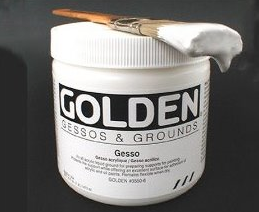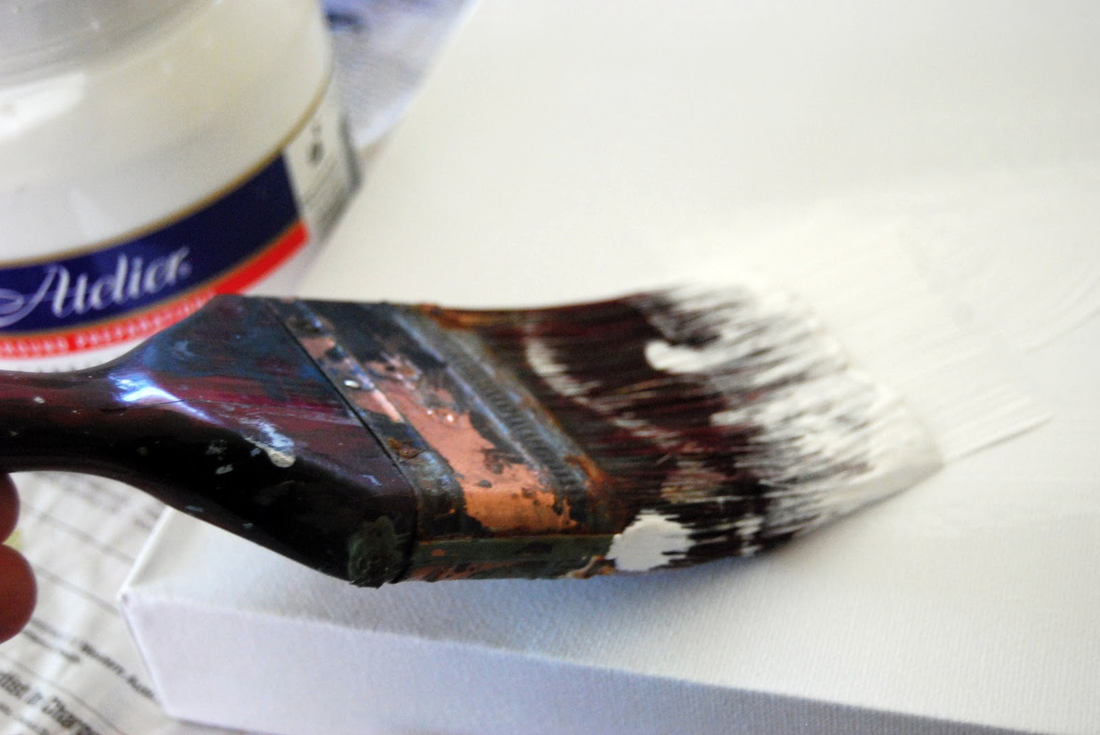Today’s tip is simply to make sure you prime them again. Before you paint on them. It’s the difference between your paint DRAGGING on the surface or GLIDING on the surface.
Obviously GOLDEN is my brand of choice – the gesso is like pouring cream – divine.
Priming a canvas with gesso helps keep your paint on the surface, so that it doesn’t seep through, which in turn means you’ll have more control over the paint and be able to predict your results better.
I’ve been particularly interested in the concept of gesso since I saw this amazing portrait of Deborah Mailman by Evert Ploeg at the National Portrait Gallery. It’s painted on jute, and the background is rough and raw, but her SKIN is so smooth you want to touch it. I imagine he built up layers of gesso and perhaps molding paste, to create this delicious distinction.
There’s a terrific video here about how to prime your canvas – http://video.about.com/?bcpid=42795866001&bclid=0&bctid=326119601001
And a wonderful GOLDEN video here about going a step further than just simply priming with gesso, and making a totally smooth surface to paint on, using modelling paste –
There are different types of gesso, but I mainly use GOLDEN white or black. GOLDEN’s Sandable Hard Gesso is great if you are painting on a rigid surface (timber, etc) and want to sand it between coats and get a super hard, smooth surface. You can use acrylic gesso under acrylic or oil paints.
So, if you haven’t tried painting on a properly gesso’ed surface before, please try it – you’ll notice the difference straight away. 🙂





